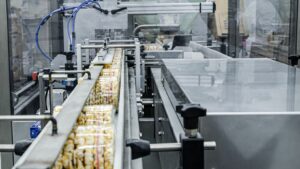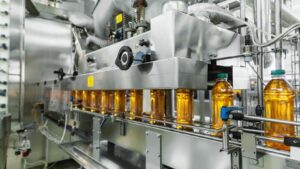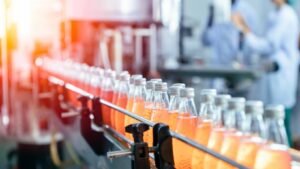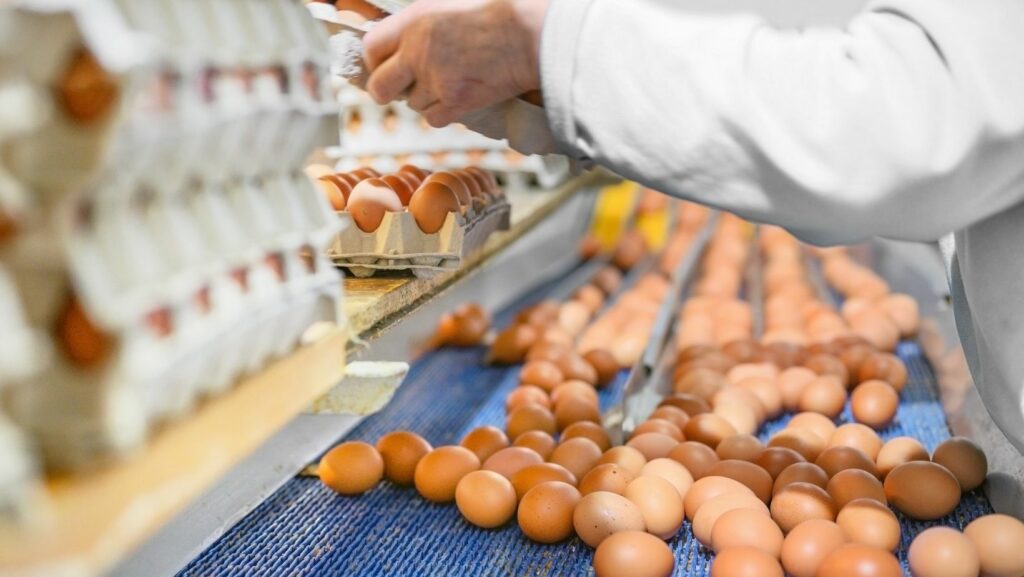 In today’s fast-paced world, the demand for food is skyrocketing, pushing the boundaries of traditional agriculture. Modern food production techniques are revolutionizing how we grow, harvest, and distribute food. By embracing cutting-edge technology and innovative practices, producers are meeting global needs while minimizing environmental impact. These advancements range from vertical farming and hydroponics to precision agriculture and biotechnology. Each technique offers unique benefits, such as increased yield, resource efficiency, and sustainability. As the population continues to grow, these methods ensure a steady food supply without compromising the planet’s health. Understanding these modern techniques is crucial for anyone interested in the future of food. They not only promise to transform the agricultural landscape but also hold the key to solving some of the world’s most pressing challenges. As these innovations become more widespread, they pave the way for a more sustainable and secure food future.
In today’s fast-paced world, the demand for food is skyrocketing, pushing the boundaries of traditional agriculture. Modern food production techniques are revolutionizing how we grow, harvest, and distribute food. By embracing cutting-edge technology and innovative practices, producers are meeting global needs while minimizing environmental impact. These advancements range from vertical farming and hydroponics to precision agriculture and biotechnology. Each technique offers unique benefits, such as increased yield, resource efficiency, and sustainability. As the population continues to grow, these methods ensure a steady food supply without compromising the planet’s health. Understanding these modern techniques is crucial for anyone interested in the future of food. They not only promise to transform the agricultural landscape but also hold the key to solving some of the world’s most pressing challenges. As these innovations become more widespread, they pave the way for a more sustainable and secure food future.
Modern Food Production Techniques
 Vertical farming uses stacked layers to grow crops in controlled environments. This technique maximizes space, reduces water use, and decreases the need for pesticides by maintaining consistent conditions. Urban areas can benefit significantly from its implementation, offering fresh produce locally. Hydroponics involves growing plants without soil, utilizing nutrient-rich water solutions instead. This method boosts growth and allows year-round production while conserving water. It can reduce transportation costs and improve food security in regions with limited arable land.
Vertical farming uses stacked layers to grow crops in controlled environments. This technique maximizes space, reduces water use, and decreases the need for pesticides by maintaining consistent conditions. Urban areas can benefit significantly from its implementation, offering fresh produce locally. Hydroponics involves growing plants without soil, utilizing nutrient-rich water solutions instead. This method boosts growth and allows year-round production while conserving water. It can reduce transportation costs and improve food security in regions with limited arable land.
Precision agriculture employs technology like GPS and IoT sensors to optimize field-level management. Farmers apply precise amounts of water and fertilizers, enhancing crop yields and minimizing resource waste. These data-driven decisions improve efficiency and reduce environmental impact. Biotechnology encompasses genetic modification and advanced breeding techniques to create more resilient crop varieties. It enhances pest resistance, increases nutritional value, and ensures better adaptability to climate changes. Biotechnology supports sustainable agriculture by contributing to food security and reducing dependency on chemical inputs.
Precision Agriculture
Precision agriculture enhances farming by utilizing technology to increase efficiency and sustainability. Farmers adopt these practices to optimize resource use and improve crop yields.
Benefits in Crop Management
Precision agriculture significantly improves crop management. Farmers collect data on soil conditions, moisture levels, and crop health using GPS and IoT sensors. This data guides decisions on planting, fertilizing, and watering. Farmers can apply the right amount of water and nutrients precisely where and when needed, reducing waste. This method not only enhances yield but also minimizes environmental impact. By monitoring crop health, farmers can detect diseases early, preventing widespread issues and reducing pesticide use.
Technological Advancements
 Several technological advancements drive precision agriculture. Drones equipped with cameras monitor crops from above, providing detailed images for analysis. These images help detect health issues, assess growth patterns, and optimize field usage. Satellite imagery offers large-scale monitoring capabilities, giving farmers insights into weather patterns and soil conditions impacting crop performance. Moreover, machine learning analyzes collected data, predicting outcomes and suggesting improvements. Automated tractors equipped with GPS can precisely plant seeds at optimal distances, enhancing production. These advancements streamline operations and contribute to sustainable farming practices.
Several technological advancements drive precision agriculture. Drones equipped with cameras monitor crops from above, providing detailed images for analysis. These images help detect health issues, assess growth patterns, and optimize field usage. Satellite imagery offers large-scale monitoring capabilities, giving farmers insights into weather patterns and soil conditions impacting crop performance. Moreover, machine learning analyzes collected data, predicting outcomes and suggesting improvements. Automated tractors equipped with GPS can precisely plant seeds at optimal distances, enhancing production. These advancements streamline operations and contribute to sustainable farming practices.
Aquaculture Techniques
Aquaculture plays a significant role in modern food production, offering a reliable source of seafood to meet increasing demand. It involves cultivating aquatic organisms in controlled environments, improving supply and sustainability.
Sustainable Fish Farming
Sustainable fish farming focuses on minimizing environmental impacts while meeting global seafood needs. Farmers use practices like integrated multi-trophic aquaculture (IMTA) to enhance efficiency. IMTA combines species from different trophic levels; for example, fish, seaweed, and shellfish can coexist, with waste from fish serving as nutrients for seaweed. This reduces waste and boosts productivity. Employing selective breeding results in resilient species, further minimizing resource use and promoting fish health.
Innovations in Water Use
Innovations in water use are crucial for efficient aquaculture practices. Recirculating aquaculture systems (RAS) reuse water within closed-loop systems, reducing water consumption considerably. This method allows for precise control of water quality and fish health. Technologies like biofilters maintain water purity, promoting sustainable fish growth. Additionally, advancements in water monitoring use IoT devices to track parameters such as oxygen levels and temperature, enabling responsive management and enhancing aquaculture sustainability.

